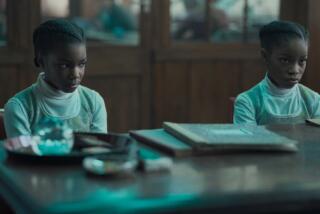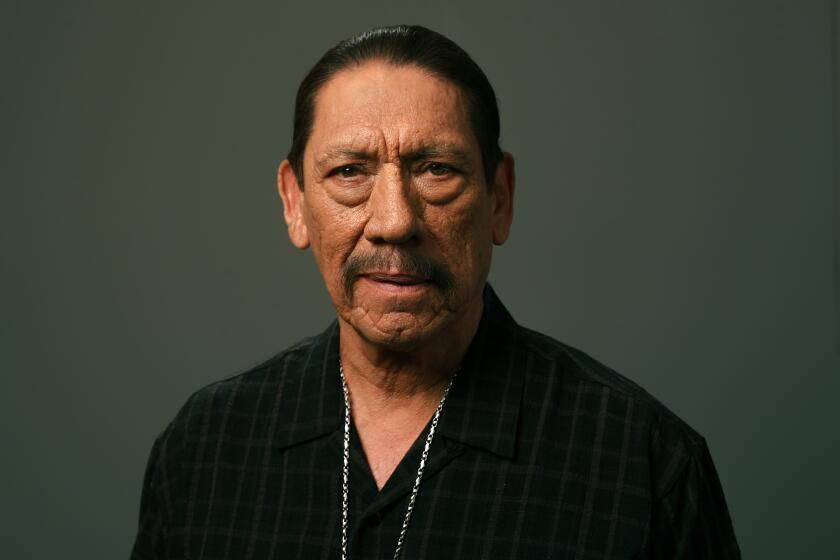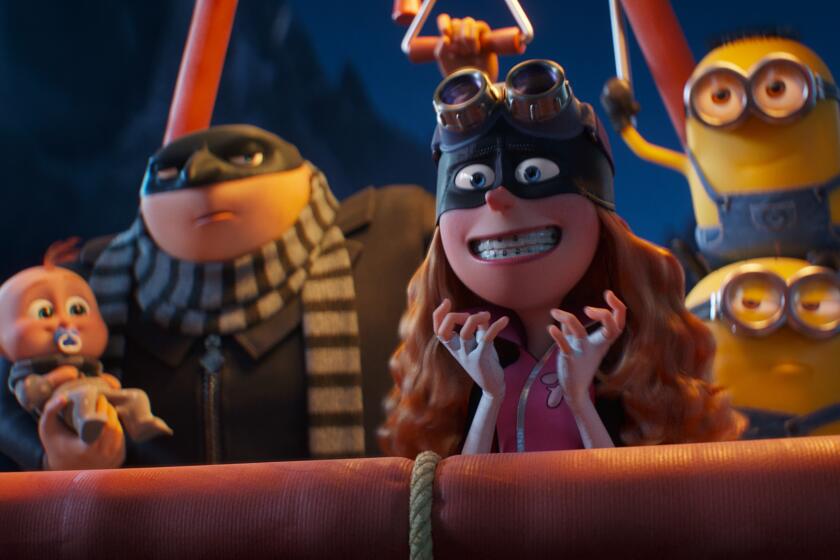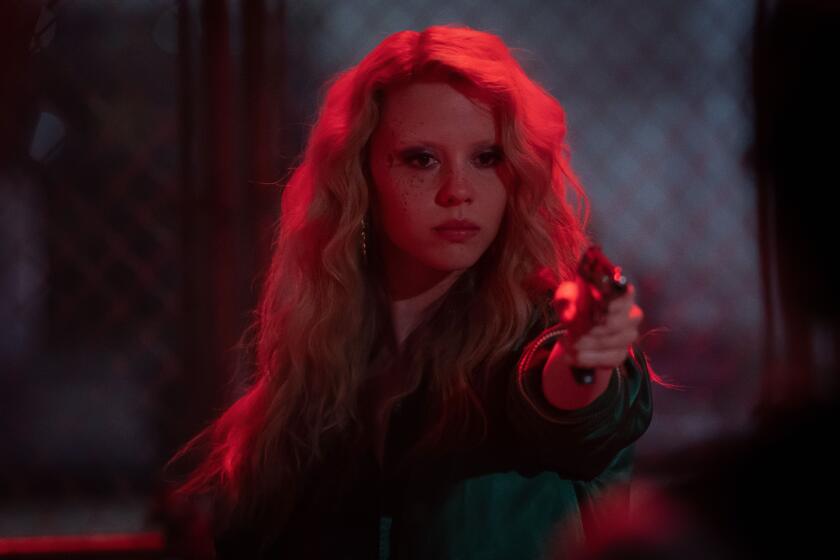Karl Brown; Pioneer in Cinematography
Karl Brown, whose career as cinematographer, scenarist and director spanned the formative and most technically significant decades of film industry history, has died at the age of 93.
The one-time actor for D.W. Griffith, who served as an assistant cameraman on Griffith’s epic “Birth of a Nation,” later helped craft the miniature projection process that made possible such pictures as “King Kong.”
Brown died Sunday at the Motion Picture and Television Hospital in Woodland Hills, a hospital spokeswoman said.
Born in Pennsylvania to stage performers, he went to work in New York City while in his teens for Kinemacolor Co., the first successful producer of color movies. The firm moved to Hollywood and soon went broke, but Brown opted to remain here and, with an old view camera he purchased at a downtown pawn shop, became a still photographer on the 1914 film “The Spoilers.”
Griffith had recently moved his company to the West Coast, and Brown persuaded the legendary director’s cinematographer, G.W. (Billy) Bitzer, to put him on as an assistant.
He worked on “Birth of a Nation” and “Intolerance,” Griffith’s two acclaimed historical extravaganzas. By then Brown was experimenting with optical effects and created a double-printing technique that gave a supernatural radiance to Christ in “Intolerance.”
In “Broken Blossoms,” the 1919 Lillian Gish melodrama, Brown crafted the miniature shots of the Limehouse area which open the Griffith picture, according to a 1962 article in American Cinematographer magazine.
He became a director of photography for the 1923 epic Western “The Covered Wagon,” where his snowy scenes of the Snake River Valley in Utah and Nevada are still considered among the most aesthetic moments in early film.
At this point, he also began to write screenplays while continuing as cameraman. Through the 1920s, his credits included “Brewster’s Millions,” “One Glorious Day,” “Ruggles of Red Gap,” “Merton of the Movies” and “The Pony Express.”
He developed an interior lighting system using acetylene lamps and employed it in “Stark Love” for Jesse Lasky and Adolph Zukor at Paramount and directed “His Dog” for Cecil B. DeMille in 1927.
But he called directing “the worst job in the world” and returned for a time to his camera and special effects lab.
At RKO he was hired to create a process in which miniature models of prehistoric animals were projected onto the screen as exaggerated monsters. The film was “Creation,” which was never completed because it had gone over its $300,000 budget. But the process remained and was used later in the 1933 “King Kong” and future adventure pictures.
He either wrote, photographed or directed “The White Legion,” “Prince of Diamonds” and “Flame” in the early 1930s and collaborated on the script of “Tarzan Escapes” in 1935, at $1.7 million one of the most expensive films of the decade.
From 1939 to 1945 he concentrated on writing and created or adapted 18 low-budget features for Columbia, Republic and Monogram. Many of them featured Boris Karloff as a surgeon or mad scientist.
Brown also wrote novels (“Incorrigible” and “The Cup of Trembling”) and a book of film history (“Adventures With D.W. Griffith”). His final writing credits before retiring were scripts for such TV series as “Death Valley Days.”
His wife, the actress and aviator Edna Mae Cooper, died earlier. There are no known survivors. Brown had asked that in lieu of flowers, contributions be made to the Motion Picture and Television Fund.
More to Read
Only good movies
Get the Indie Focus newsletter, Mark Olsen's weekly guide to the world of cinema.
You may occasionally receive promotional content from the Los Angeles Times.






